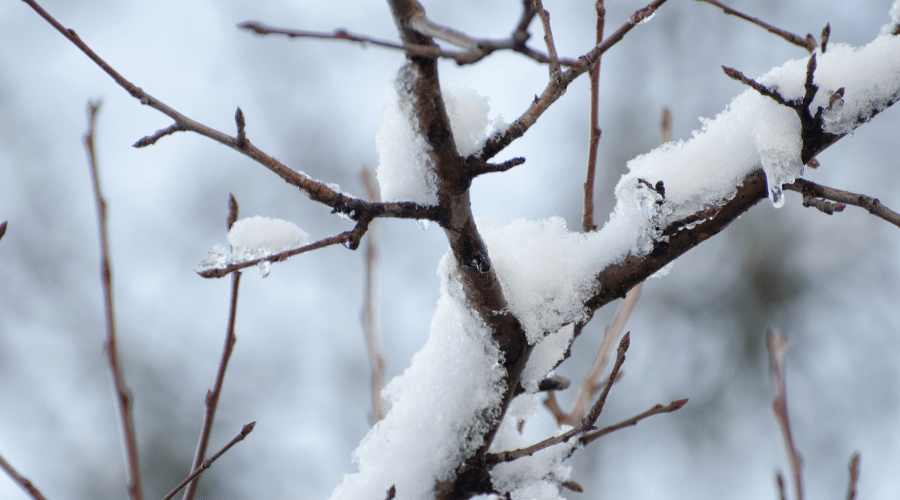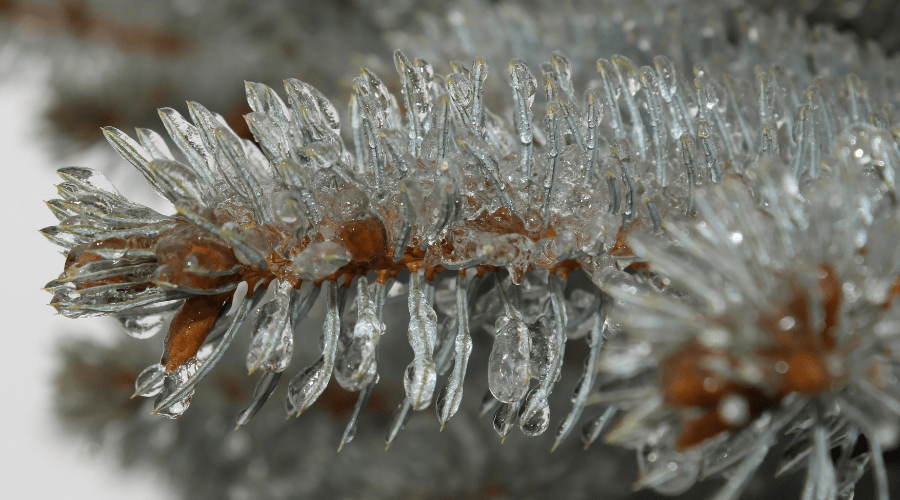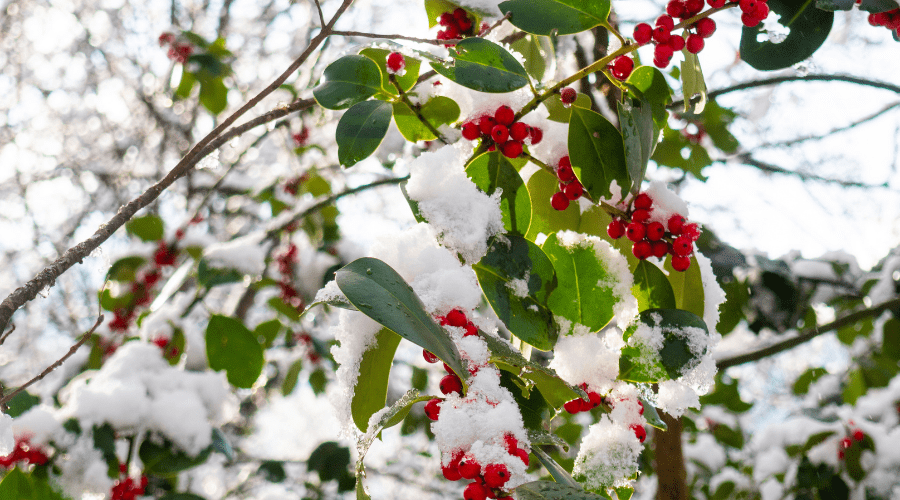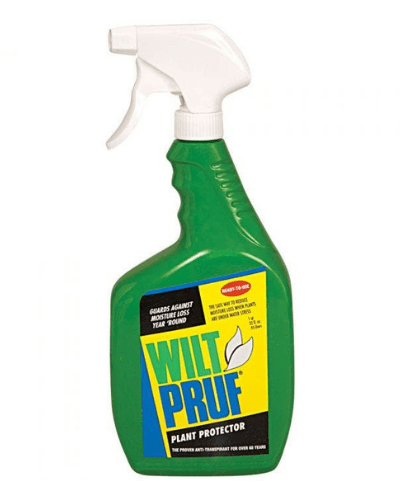Winterizing
Plants suffer cold damage when they lose moisture from their leaves but can’t replace the moisture because the soil is dry or the water in the ground is frozen. Knowing and following a few basic principles will go a long way towards protecting your plants from winter damage and helping them leaf out again next spring. We recommend the following guidelines:



MULCH
The best way to insulate the soil is with a 1½ – 2″ layer of mulch. Snow on the ground (or on top of the mulch) will also provide some insulation—if you have snow on the ground, leave it right where it is!
APPLY WILT PRUF
Wilt Pruf is a natural nontoxic product derived from the resin of pine trees. Wilt Pruf forms a soft, clear, flexible film on treated plants. This film protects plants from drying out, drought, wind burn, sun scald, winter kill, transplant shock and salt damage, while at the same time allowing them to grow naturally. May be used on evergreens, trees, shrubs, turf, flowers, vegetables, bulbs, houseplants, transplant and dormant growing plants.
One application should last all season (3-4 months). May also be used to extend the life of Christmas trees.

COVER PLANTS
Cover plants with a frost cloth to protect plants an extra 2-6 degrees. Remove coverings during the daytime once temps stay above freezing; this allows plants to absorb the warming sunlight.
PRUNE CONSERVATIVELY
Do not prune cold-sensitive plants until spring has arrived. If your plant is injured, leave the damaged burnt leaves on the plant to protect the foliage underneath. Premature trimming may damage tender new growth caused by a late cold snap. You may also end up cutting out more than is necessary, mistaking still-alive growth for dead. Prune only after new growth has started to appear.
Believe it or not, a light layer of snow is actually good for perennials. Heavy wet snows can weigh down and break branches—but try not to remove all the snow, as it is an excellent insulator against the frigid temperatures that may injure plants.
LOOKING FOR MORE INFORMATION?
If you have any questions as to which plants to protect, ask one of our nursery professionals. We’ll do our best to help insure your plants withstand the winters in Oklahoma. And be sure to also check out our Freeze Warning Checklist to make sure your plants are prepared for the weather ahead!
Back to Home